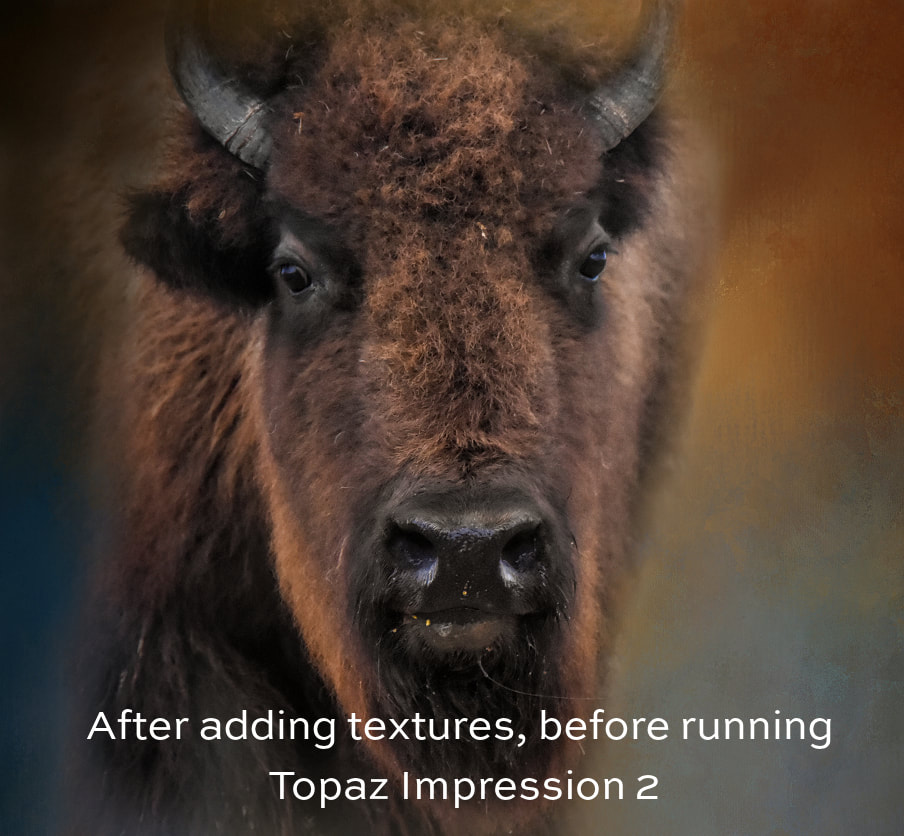
Then the layer opacity of the Impression layer was reduced so you can still see some of those preserved Glow strokes. Since the original image was pretty nice for starters, Glow was used to just add detail and highlights to just the flower centers and leaves – the rest of the image looked way over-the-top with the settings used. A black layer mask was added to the Glow layer and just the parts where I wanted the Glow to show up were painted back in the layer mask. Two things were done differently from the usual application of this filter: 1. If you would like the detailed steps and plug-in settings used, check Image 1 info below. The image of the two pink hibiscus has both filters applied.
#TOPAZ IMPRESSION PDF HOW TO#
Click on the Webinar link above for a download button that links to a Glow PDF file showing how to make his presets and several of his actions – I refer to the PDF file all the time now.įor me it seems Topaz Impression works great as the second step once Glow has been applied. I thought I would show you a few more examples of how Blake is using Glow to get some absolutely beautiful soft glow effects.


I watched a Topaz Webinar by Blake Rudis’s ( Integrating Topaz Glow into Your Workflow) and then another shorter video ( Topaz Glow A Closer Look with Blending Options), and the program actually makes a lot more sense to me.
Well, now that the holidays are over, I have had a chance to get reacquainted with Topaz (see sidebar at my Tidbits Blog for website link) Glow and start to understand this little gem of a plug-in a little bit more.


 0 kommentar(er)
0 kommentar(er)
